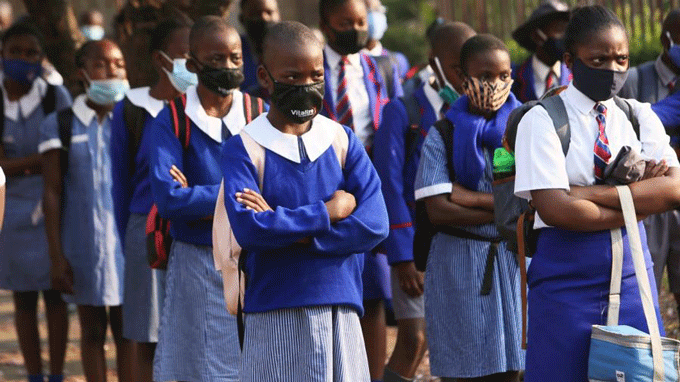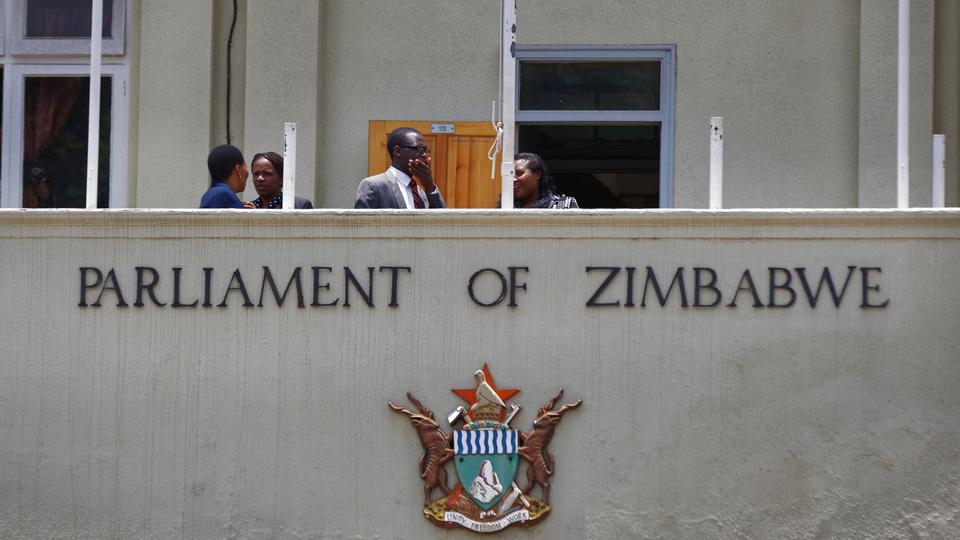
BY MIRIAM MANGWAYA MORE than half of youths of schoolgoing age have reportedly dropped out due to financial constraints, health-related problems, and lack of interest, while others were probably satisfied with the level of education they had attained.
A report by the Zimbabwe National Statistics Agency (ZimStats) which was released yesterday revealed that 7,9% of the total population (13 082 352) of people aged three years and above had never attended school since birth.
Bulawayo province had the highest number of school dropouts at 59,1%, while Mashonaland Central and Matabeleland North provinces had the highest number of people who had never been to school (10,5 %).
“Generally, the majority of the population (52,7%) had left school. Looking at the population that had never been to school, the highest proportion was from the poorest households. Analysis of the age group 3-24 years over the last three population censuses shows a steady increase in size. The population was 5 977 559 in 1992, 6 414 619 in 2002, and 6 717 229 in 2012.
“This calls for policy planners to put in place more education facilities to cater for the growing population. However, compared to the total population, the proportion of the 3-24 year age group has been on the decrease over the last three censuses.”
The report also states that Zimbabwe has a high literacy level of 97,4%, while men and women had almost the same literacy levels of 97,9% and 96,9% respectively, necessitated by universal access to education implemented by the government since 1980.
“The table reveals that literacy rates decrease with an increase in age, and are lower for females than for males, especially in older age groups. Literacy levels were generally high across all provinces. However, people with functional disabilities had slightly lower literacy levels compared to those without some disabilities,” the report read.
ZimStats director-general Taguma Mahonde emphasised the importance of timely and reliable statistics on education as it has an impact on government and other education stakeholders’ investments to the sector.
- Chamisa under fire over US$120K donation
- Mavhunga puts DeMbare into Chibuku quarterfinals
- Pension funds bet on Cabora Bassa oilfields
- Councils defy govt fire tender directive
Keep Reading
- Follow Miriam on Twitter @FloMangwaya











